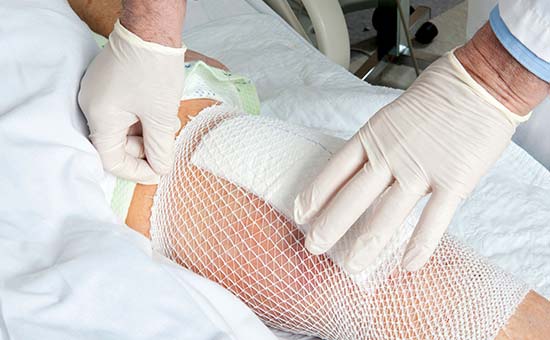Rinaldo Focaccia Siciliano,I Daniel Reis Waisberg,II Marcos Naoyuki Samano,II Paulo Ferreira Leite,III Paulo Tuma Ju´ nior,IV Guilherme Cardinali Barreiro,IV Tania Mara Vareja˜ o StrabelliI
- Hospital das Clı´nicas (HCFMUSP), da Faculdade de Medicina da Universidade de Sa˜ o Paulo, Infection Control Team, Heart Institute (InCor), Sa˜ o Paulo/SP, Brazil. II Hospital das Clı´nicas (HCFMUSP), da Faculdade de Medicina da Universidade de Sa˜ o Paulo, Division of Thoracic Surgery, Heart Institute (InCor), Sa˜ o Paulo, Brazil. III Hospital das Clı´nicas (HCFMUSP), da Faculdade de Medicina da Universidade de Sa˜ o Paulo, Chronic Coronary Diseases Unit, Heart Institute (InCor), Sa˜ o Paulo, Brazil. IV Hospital das Clı´nicas (HCFMUSP), da Faculdade de Medicina da Universidade de Sa˜ o Paulo, Division of Plastic Surgery, Sa˜ o Paulo, Brazil.
INTRODUCTION
Aspergillus spp. are ubiquitous in the environment, includ-ing the air, soil and decomposing material (1). Human invasive aspergillosis arises from the inhalation and contig-uous spread of Aspergillus to adjacent sites (e.g., petrous bone, the sinuses, the palate). Occasionally, human invasive aspergillosis can be the result of the direct extension or hematogenous spread from pulmonary foci or of intravenous drug abuse (1). Invasive aspergillosis typically occurs in immunocompromised patients. Interestingly, some cases of surgical wound infection have been reported in immuno-competent individuals (1). The occurrence of post-operative aspergillosis can be associated with the dissemination of spores in the operating room through the ventilation system, which can lead to the contamination of exposed tissue, the surgical materials, the prosthesis or the wound dressing (1).
Deep bone wound infection is a severe complication of coronary artery bypass graft (CABG) surgery. Chronic osteomyelitis is unusual, reported in 1 to 4% of patients, and is most frequently caused by staphylococci (2,3). Aspergillus spp. are rare but recently recognized causes of nosocomial chronic sternal infections, including especially difficult-to-treat cases of osteomyelitis/costochondritis of the sternum (1).
The optimal treatment for invasive bone aspergillosis is a combination of surgical treatment and appropriate anti-fungal therapy. Currently, voriconazole is being advocated for the treatment of invasive aspergillosis (4,5). Herein, we report an unusual and very interesting case of chronic osteomyelitis and costochondritis caused by aspergillosis of the chest wall following cardiac surgery in an immuno-competent patient who was successfully treated with vacuum-assisted closure therapy following surgical debri-dement and voriconazole therapy.




